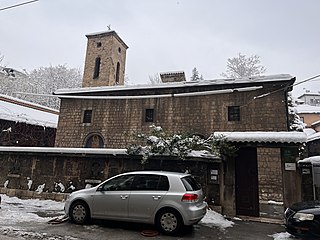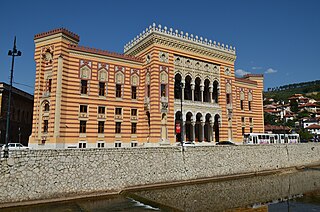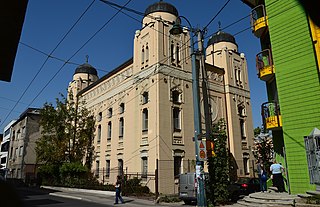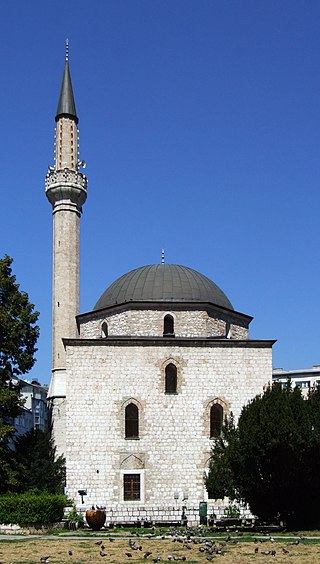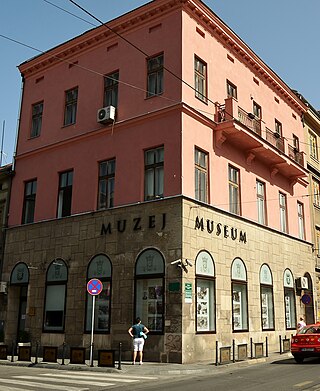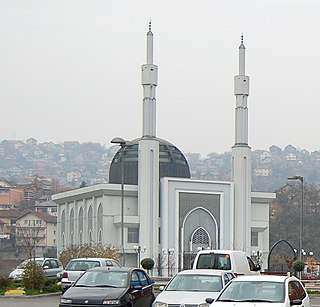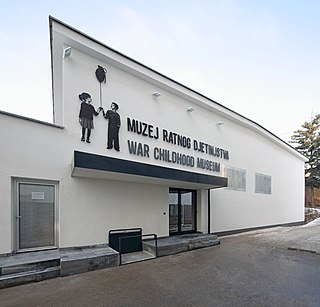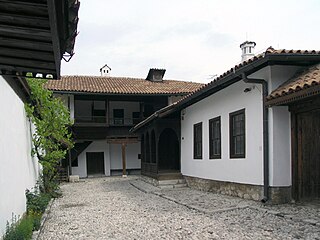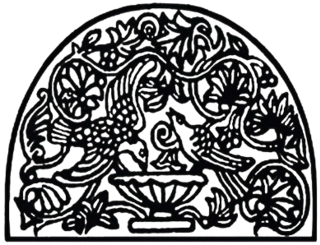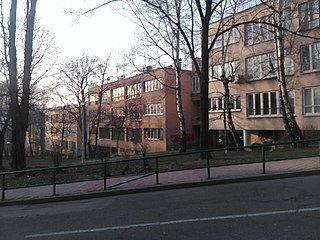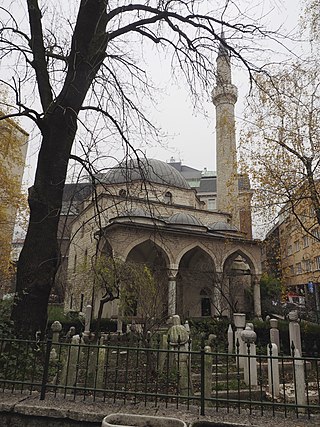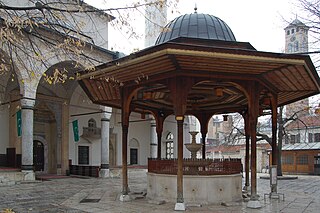30 Sights in Sarajevo, Bosnia and Herzegovina (with Map and Images)
Legend
Premium Sights
Book tickets, guided tours and activities in Sarajevo.
Guided Free Walking Tours
Book free guided walking tours in Sarajevo.
Welcome to your journey through the most beautiful sights in Sarajevo, Bosnia and Herzegovina! Whether you want to discover the city's historical treasures or experience its modern highlights, you'll find everything your heart desires here. Be inspired by our selection and plan your unforgettable adventure in Sarajevo. Dive into the diversity of this fascinating city and discover everything it has to offer.
Sightseeing Tours in SarajevoActivities in SarajevoThe OId Jewish Cemetery is a cemetery in Sarajevo, Bosnia and Herzegovina. It is located on the slopes of Trebević mountain, in the Kovačići-Debelo Brdo area, in the south-western part of the city. It is the largest Jewish cemetery in Southeast Europe, and second largest sepulchral complex in Europe after the Old Jewish Cemetery in Prague. It was in use for approximately four hundred years from the beginning of the 16th or 17th century, but most likely from 1630 until 1966.
The Church of the Holy Archangels Michael and Gabriel, also known as the Old Orthodox Church, is a Serbian Orthodox church in Sarajevo, Bosnia and Herzegovina. It was established in 1539. It was, however, built on older foundations.
Wikipedia: Church of the Holy Archangels Michael and Gabriel, Sarajevo (EN)
Sarajevo City Hall, known as Vijećnica, is located in the city of Sarajevo, Bosnia and Herzegovina. It was designed in 1891 by the Czech architect Karel Pařík, but criticisms by the minister, Baron Béni Kállay, caused him to stop working on the project. It was initially the largest and most representative building of the Austro-Hungarian period in Sarajevo and served as the city hall.
The Sarajevo Synagogue is an Orthodox Jewish congregation and synagogue, located on the south bank of the river Miljacka, in Sarajevo, in Bosnia and Herzegovina. The synagogue was constructed in 1902 and is the only functioning synagogue in Sarajevo today. The congregation worships in the Ashkenazi rite.
5. Markale massacre memorial
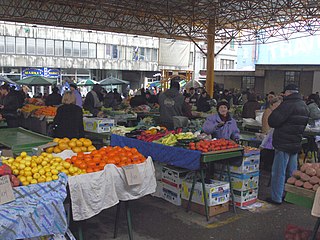
The Markale market shelling or Markale massacres were two separate bombardments, with at least one of them confirmed to have been carried out by the Army of Republika Srpska, targeting civilians during the siege of Sarajevo in the Bosnian War. They occurred at the Markale (marketplace) located in the historic core of Sarajevo, the capital of Bosnia and Herzegovina.
6. Sacred Heart Cathedral
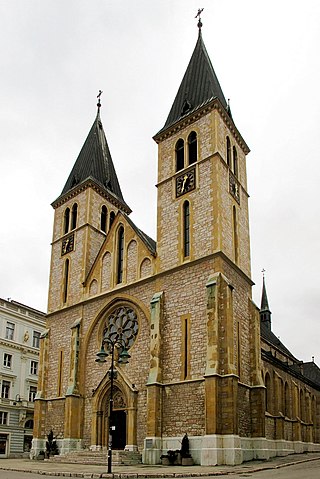
The Sacred Heart Cathedral is a Catholic church in Sarajevo; commonly referred as the Sarajevo Cathedral, it is the largest cathedral in Bosnia and Herzegovina. It is the seat of the Archbishop of Vrhbosna, currently Tomo Vukšić, and center of Catholic worship in the city. The cathedral is located in the city's Old Town district.
7. Orthodox Cathedral in Sarajevo
The Cathedral Church of the Nativity of the Theotokos is the largest Serbian Orthodox church in Sarajevo and one of the largest in the Balkans. The cathedral is designated National Monument of Bosnia and Herzegovina by the KONS.
Wikipedia: Cathedral of the Nativity of the Theotokos, Sarajevo (EN)
8. Alipašina džamija
Ali Pasha Mosque is a mosque in Sarajevo, Bosnia and Herzegovina. It was constructed during 1560–61 as a vakıf—the legacy or perpetual endowment—of Sofu Hadım Ali Pasha, an Ottoman statesman who served as the governor of the Bosnia Eyalet of the Ottoman Empire amongst other roles, after his death in September 1560.
9. Eternal flame
The Eternal flame is a memorial to the military and civilian victims of the Second World War in Sarajevo, Bosnia and Herzegovina. The memorial was dedicated on 6 April 1946, the first anniversary of the liberation of Sarajevo from the four-year-long occupation by Nazi Germany and the fascist Independent State of Croatia.
10. Museum of Sarajevo 1878-1918
The Museum of Sarajevo 1878–1918 is located near the Latin Bridge in central Sarajevo, the capital of Bosnia and Herzegovina. The building had been Moritz Schiller's Delicatessen in 1914, the year that Franz Ferdinand, the heir presumptive to the throne of Austria-Hungary was shot dead by Gavrilo Princip from the street corner outside, indirectly starting World War I.
11. Museum of the Jews of Bosnia and Herzegovina
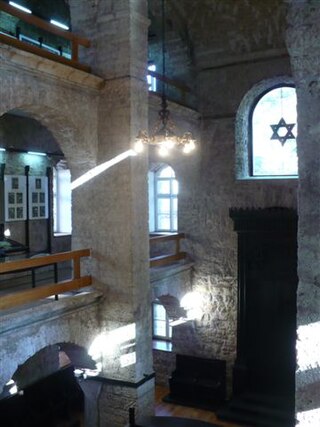
The Museum of the Jews of Bosnia and Herzegovina is part of the Museum of Sarajevo located in the area of the former Old Temple, in the oldest synagogue in Bosnia and Herzegovina. The Commission to Preserve National Monuments, at its session held from 7 to 11 October 2003, decided to declare the Jewish Museum a national monument of Bosnia and Herzegovina. This decision was taken by the Commission in the following composition: Zeynep Ahunbay, Amra Hadžimuhamedović (Chair), Dubravko Lovrenović, Ljiljana Ševo and Tina Wik.
12. Istiklal džamija
Istiklal Mosque is one of the largest mosques in Sarajevo, Bosnia and Herzegovina. It was named after Istiqlal Mosque, Jakarta, the national mosque of Indonesia, since the mosque was a gift from the Indonesian people and government for Bosnia and Herzegovina as a token of solidarity and friendship between the two nations. The name "istiqlal" is Arabic word for "independence", thus it is also meant to commemorate the independence of Bosnia and Herzegovina.
13. Sarajevo Clock Tower
The Sarajevo Clock Tower is a clock tower in Sarajevo, the capital of Bosnia and Herzegovina. It is located beside Gazi Husrev-beg Mosque and is the tallest of the 21 clock towers erected throughout the country, reaching a height of 30 meters. The tower was declared a National Monument of Bosnia and Herzegovina in 2006.
14. Čekrekčijina
Muslihudin Čekrekčija Mosque, also known as Čaršijska, is second oldest domed mosque in Sarajevo. It was constructed in 1526 in the Baščaršija area of the city, at the foot of Kovač. It is raised in the mahala of Isa-Bey's turn. From the vakufnam of the founder of the mosque, Hajji Mustafa, the son of Ishak, is known to the people as Muslihudin Čekrekčija, her builder. This is also the oldest known original document written in Sarajevo.
15. War childhood museum
The War Childhood Museum is a historical museum in Sarajevo, Bosnia-Herzegovina that opened in January 2017. The museum presents the experiences of children who lived through the war in Bosnia, told through objects, video testimonies, and excerpts from oral histories. The 2018 Council of Europe Museum Prize, one of the most prestigious awards in the museum industry, was awarded to the War Childhood Museum as part of the 2018 European Museum of the Year Award.
16. Umjetnička galerija Bosne i Hercegovine
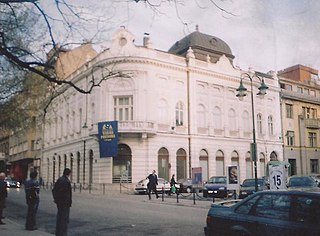
The National Gallery of Bosnia and Herzegovina is a national gallery of art in Bosnia and Herzegovina, located in Sarajevo. The gallery was established on October 11, 1946, and contains over 6000 pieces of art. Its main focus are the works of Bosnian and Herzegovinian interest. The gallery was open and held exhibitions during the whole period of the siege of Sarajevo and the Bosnian war in 1992-1995. However, afterwards it received considerably less funding due to the failure of the government of Bosnia and Herzegovina to recognize the gallery as a national institution.
17. Hadžijska džamija
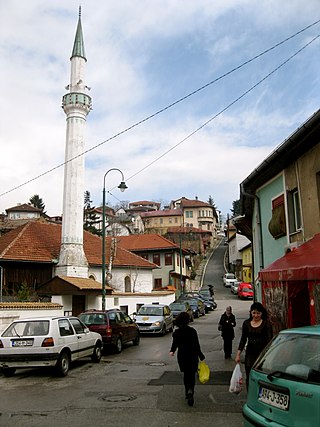
The Vekil-Harrach or Hadžijska mosque is a mosque in the city of Sarajevo, Bosnia and Herzegovina. It is located in Alifakovac, a neighborhood in Babića bašća local community, one of the oldest urban settlements in Sarajevo.
18. Inat kuća
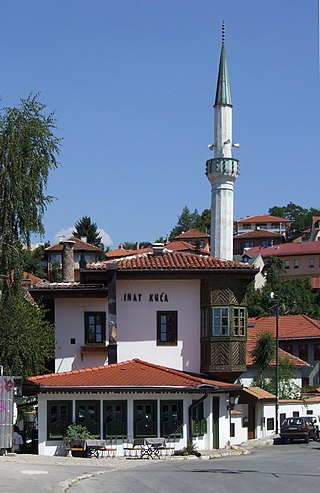
Spite House is a building in Sarajevo, not far from Baščaršija, which was originally built on the site where the City Hall was supposed to be built, and currently stands on the other side of the Miljacka River. In order to build the City Hall building on Mustaj Pasha's mejdan in 1892-1894, it was necessary to demolish two hans and one private house. The Hans were demolished, while the owner of the house, old Benderija, demanded that a bag of ducats be paid to him as compensation, and in addition to that, that the house be transferred, adobe by adobe, to the other bank of the Miljacka, opposite the City Hall. That's how it was done, and because of the owner's spite, the house was called the Spite House. Today, the house is used as a restaurant with traditional Bosnian cuisine.
19. Svrzo's House
Svrzo's House is an old house in Sarajevo, Bosnia and Herzegovina that was established when the Ottoman Empire ruled the area. It is a branch of the Museum of Sarajevo. It is typical in that it has living quarters for the men, the women, and the servants. The house is in extremely well preserved condition, which is noteworthy in that the house is built completely from wood; a construction method not commonly used in the region in modern times. It is open to the public for self-guided tours and has brochures and information in multiple languages.
20. Zgrada željezničke stanice Bistrik
The building of the Bistrik railway station was built after the Austro-Hungarian authorities connected Sarajevo with Slavonski Brod and Budapest by rail in 1882. At that time, there was a need to connect the eastern parts of Bosnia and Herzegovina with Sarajevo, where, along the border with Serbia, military garrisons were stationed.
21. Džamija Hasan Čoban Zade
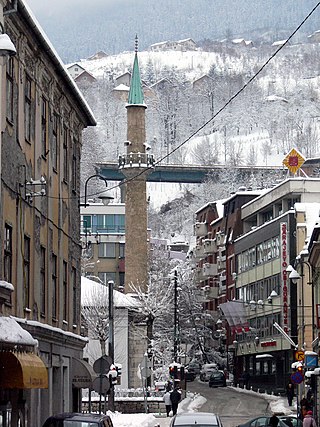
Čobanija Mosque was constructed in Sarajevo, Bosnia and Herzegovina, before 1565. The building is quite spacious, with a fine stone minaret. Set into the walls around the minaret is a poem in Turkish. There is a cemetery adjacent to the mosque, which some believe is the final resting place of the benefactor, Čoban-Hasan.
22. Crkva svetog Vinka Paulskoga
The Church of St. Vincent de Paul is a Gothic Roman Catholic church in the center of Sarajevo. It is dedicated to St. Vincent de Paul. The church is located within the monastery buildings of the Sisters of Mercy.
23. Museum of Sarajevo
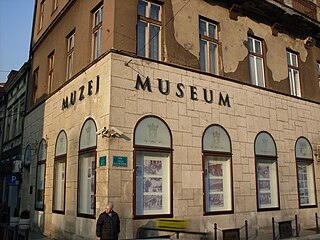
Museum of Sarajevo, also Museum of the City of Sarajevo, is a museum of history and culture of Sarajevo, located in Stari Grad Municipality of the City of Sarajevo, Bosnia and Herzegovina. The museum is operated by JU Muzej Sarajeva, and housed in 19th century Bosnian biographer, Kosta Hörmann's Villa, in Josipa Štadlera 32 street on the municipality of Stari Grad.
24. Museum of Literature and Theater Arts of Bosnia and Herzegovina
Museum of Literature and Theater Arts of Bosnia and Herzegovina is a literary art museum in Sarajevo, Bosnia and Herzegovina. It was established under the name Museum of Literature of Bosnia and Herzegovina in 1961 on the idea of then curator of literary collections in the Museum of Sarajevo, writer Razija Handžić, the future director. In 1970, the Theater Department was founded and added to the Museum of Literature.
Wikipedia: Museum of Literature and Theater Arts of Bosnia and Herzegovina (EN)
25. Tašlihan

Tašlihan or Tašli han is a former caravanserai that was located on the site of the current summer garden and an open bar of the Hotel Evropa in Sarajevo, Bosnia and Herzegovina. It is the third stone caravanserai in Sarajevo, built in the period from 1540 to 1543, as an endowment of Gazi Husrev-beg, after his death. It was added to Gazi Husrev-beg's bezistan on its western side. It was square in shape, and its length was 47 meters. It had a fountain in its yard, on the pillars of which was a small mosque. Upstairs were the passenger rooms. Domestic and foreign merchants had their shops within Tašlihan. It is believed that this caravanserai served for trade more than for passenger traffic. The fire of 1879 severely damaged Taslihan and made it unusable.
26. The Brusa Bezistan
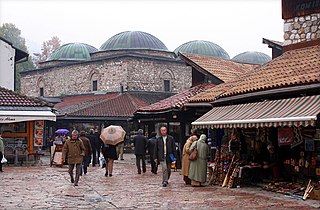
Brusa bezistan with its 6 roof domes it is one of the historic buildings in Sarajevo's Baščaršija from the time of the Ottoman period in the history of Bosnia and Herzegovina. It has a rectangular base and has four entrances on all four sides, and connects the craft streets Kundurdžiluk, Veliki and Mali Čurčiluk with Abadžiluk and the Baščaršija. It was built by order of the Grand Vizier Rustem-pasha Opuković in 1551. Bezistan was named after the Turkish city of Bursa, from which silk was brought to Bezistan and sold. Unlike Gazi Husrev-beg's bezistan, where groceries were originally sold, Brusa bezistan sold household items and small furniture in addition to silk. Today it is one of the museums in the city, designated as the National monument of Bosnia and Herzegovina by the Commission to preserve national monuments of Bosnia and Herzegovina, and houses one of the departments of Museum of Sarajevo.
27. Stambeni kompleks na Džidžikovcu
Residential complex on Džidžikovac, is an architectural residential ensemble in a neighborhood of Džidžikovac in Sarajevo, Bosnia and Herzegovina, which is designated a National Monument of Bosnia and Herzegovina since 2008.
28. Ferhadija Mosque
Ferhadija Mosque, also known as Ferhat Pasha Mosque, is a central building in the city of Sarajevo built by Bosnian Sanjak-bey (governor) Ferhad-beg Vuković, a descendant of the famous mediaeval Vuković family. This mosque has one dome above the prayer area and three small domes at the cloister and is one of the greatest achievements of Bosnia and Herzegovina’s 16th century Ottoman and Islamic architecture.
29. Gazi Husrev-beg Mosque
The Gazi Husrev-beg Mosque or simply the Bey's Mosque in Sarajevo is one of the most important monuments of sacral Islamic architecture in the Balkans due to its size and attractiveness. It was built in 1531.
30. Church of Saint Anthony of Padua, Sarajevo
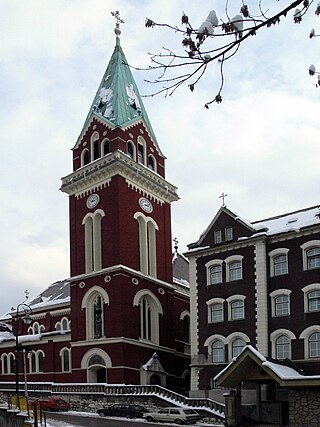
The Franciscan Friary and the Church of Saint Anthony of Padua, an architectural ensemble consisting of the Franciscan friary of Saint Anthony on Bistrik and the Church of Saint Anthony of Padua, is a Roman Catholic place of worship and one of the houses of Franjevačka provincija Bosna Srebrena. It is dedicated to the Franciscan friar Anthony of Padua. The complex of buildings is inscribed into the list of National Monuments of Bosnia and Herzegovina by the KONS. The friary and church are located in Sarajevo, in the Stari Grad municipality, Bosnia and Herzegovina.
Share
Disclaimer Please be aware of your surroundings and do not enter private property. We are not liable for any damages that occur during the tours.

